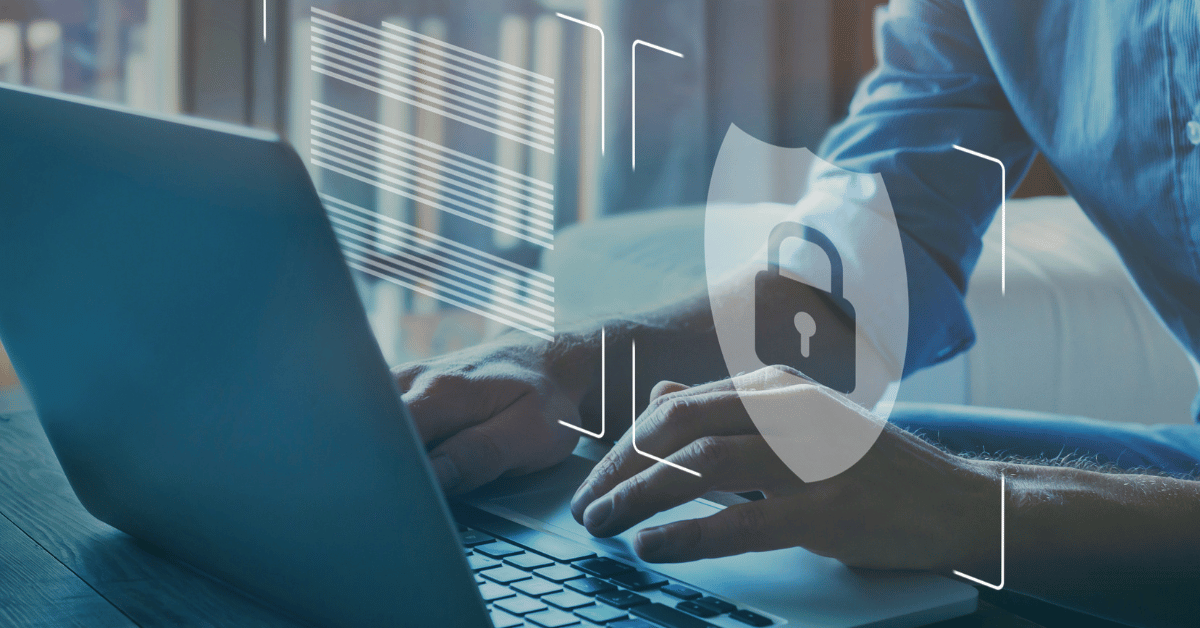Cyberattacks in living rooms have become the new normal

Originally posted on CTech.com.
How can we prevent remote work from becoming a hacker’s paradise?
The feeling across the business sector that Covid-19 (coronavirus) is behind us has been dissipating in recent weeks thanks to announcements by tech giants like Google, Facebook, Twitter, and Amazon that they’ll be extending their work from home policies. Unfortunately, it seems that we may be experiencing 2020 all over again. But after 18 months where work habits were changed dramatically, we must ask: did we transition to working from home securely?
Not really. According to a Kaspersky report from April 2021, since the beginning of the crisis in Israel alone, there have been about 8 million cyberattacks on people working from home. About half of these cyberattacks were able to obtain confidential or sensitive information on the device they targeted. There is no reason for such an increase in cyberattacks not to occur. In practice, the rapid change in working arrangements has forced companies to throw their online doors wide open. In the past, only a small percentage of employees could connect to corporate networks and internal resources via a VPN with their work computers. Today, companies have no choice but to allow employees access through their laptops, cell phones, and even their child’s computer or home printer in their living room. And these devices add vulnerabilities to the network, which hackers use to break in with quite a bit of success.
So what’s the alternative? If companies forbid remote network access, they would not be able to function in this new reality. So, how can we trust these at-home personal devices, which are full of vulnerabilities on secure corporate networks?
The answer is that this is neither possible nor necessary. In fact, the approach currently being implemented worldwide is a “trust no one” approach. We cannot trust users not to connect an infected drive, and we cannot trust programmers to install timely updates. And we need to check everything.
So, how do we do that? Well, we can implement the principles of Zero Trust Network Access (ZTNA), meaning that no matter who owns the device, even the most trustworthy employee, may expose the network to malware or weaknesses. The system should regularly measure the level of risk posed by the person using the device and by the device itself: Is the device up to date? Has the user connected an unfamiliar USB or installed software that no one recognizes? Did anyone disable their antivirus protection?
All these issues need to be weighed to reach a security rating, and sometimes companies should be proactive, by remotely installing the antivirus software or immediately blocking an unauthorized connection. Doing this is much simpler than it used to be. The fact that cellphones and computers are connected 24/7 to the network makes them vulnerable on one hand, but on the other, they can easily be monitored. And we can secure what we can monitor.
We will not be returning to the working methods of the past. The pandemic has not only accelerated processes, but it is also not going anywhere and creating more new work practices. Instead of companies holding their breath and waiting for the pandemic to pass, it is time to develop new ways to breathe underwater: ones that will allow us to grow and evolve and not be constantly exposed to cyberattacks.
Try Portnox Cloud for Free Today
Gain access to all of Portnox's powerful zero trust access control free capabilities for 30 days!







